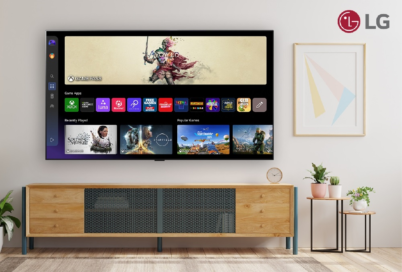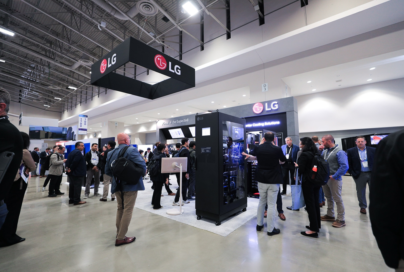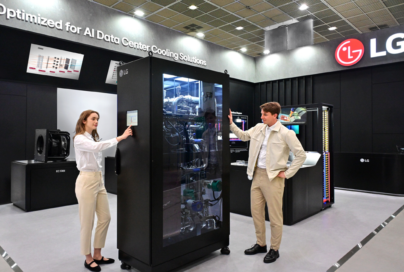[Executive Corner] Advancing Digital Transformation Through the Cloud
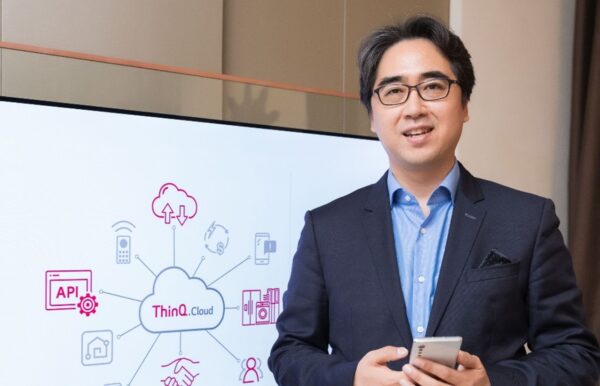
For much of the last decade, digital transformation, also known as DX, has become a top business agenda for companies across all industries. But what exactly is digital transformation and why should consumers care? Hopefully after reading this, you’ll have a better idea of what DX is and why LG has made this a priority going forward.
In simplest terms, DX is an organization’s effort to accelerate its existing business model through the integration of advanced technologies. As a company centered around the concept of providing the best consumer electronics, appliances and services to make life better for everyone, LG Electronics is fully committed to digitizing its business model and modernizing its operations. This is why in 2019 we revamped our Cloud Center into the Digital Transformation Technology (DXT) Center to drive next-generation businesses such as big data, service platforms and LG ThinQ.

As one of the key drivers of our digital transformation, LG ThinQ is much more than an artificial intelligence interface for LG home appliances. LG’s AI solution seamlessly combines new technologies and machines across its wide range of offerings, such as smart TVs, refrigerators, air purifiers and even vacuum cleaners.
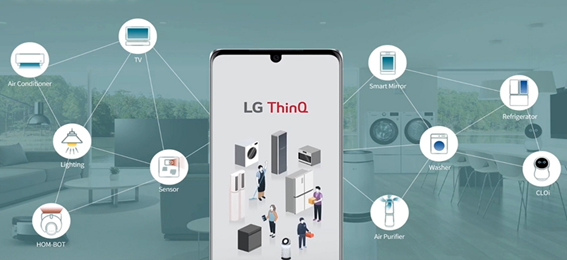
In 2018 alone, LG Electronics sold more than 70 million smart TVs and 5 million ThinQ-related home appliances across the world. While the popularity of these smart products was great news for LG, the sudden high level of activation were taking a toll on our servers and infrastructure. It was clear that LG had to fully digitalize, working closely with key partners to implement IoT solutions because although LG is proud of its strong manufacturing legacy, it was obvious that this transformation would require the know-how of different kinds of experts.

Since the launch of LG Cloud, LG experienced a dramatic change in two key areas: cost reduction and the way we work. To increase efficiency, we focused on creating a serverless cloud environment that didn’t require large server racks that took up valuable space or needed regular maintenance. We wanted a system which service providers could manage everything themselves while ensuring it ran safely and securely 24/7. What we ended up with was a system that enabled LG to save up to 80 percent on development costs.
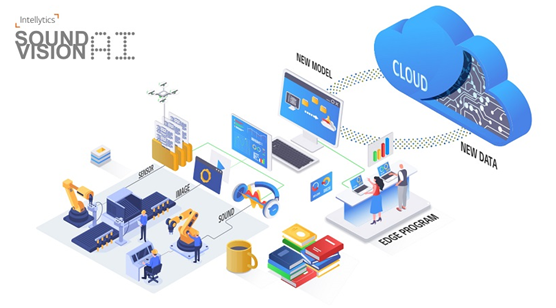
Launching new services can be incredibly expensive and an organization’s development department would have to be certain that an investment was worth the money before committing. For businesses, the high initial costs of a new IT infrastructure project can kill an idea even before it gets off the ground.

The way in which our employees are working has also changed for the better. Being able to work from the cloud gives employees space to have discussions with product development teams from the very beginning of a project. This makes working together much easier, especially on projects that involve many moving parts.
Aligned with LG’s commitment to achieving a better life for all, the DTX Center will continue working tirelessly to implement even more new and innovative ways of working that bring more convenience to not only its consumers, but its valued employees as well.
By Dr. Kim Dong-wook, LG DTX Center Head
# # #
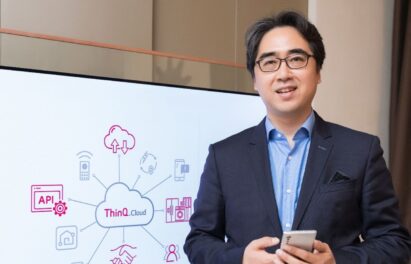



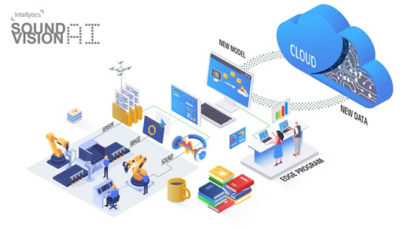

![[Executive Corner] Bringing the Future to Life with “All for One” Solutions](https://www.lgnewsroom.com/wp-content/uploads/2021/02/Business-Solution-405x272.png)
![[Executive Corner] Creating New Lifestyle Possibilities by Innovating in TV Design](https://www.lgnewsroom.com/wp-content/uploads/2020/10/Baek-Sun-pil-1-411x272.jpg)
![[Executive Corner] Untact Marketing: The Importance of Experience and Authenticity](https://www.lgnewsroom.com/wp-content/uploads/2020/09/main_GMC-Contribution-01-411x272.jpg)
